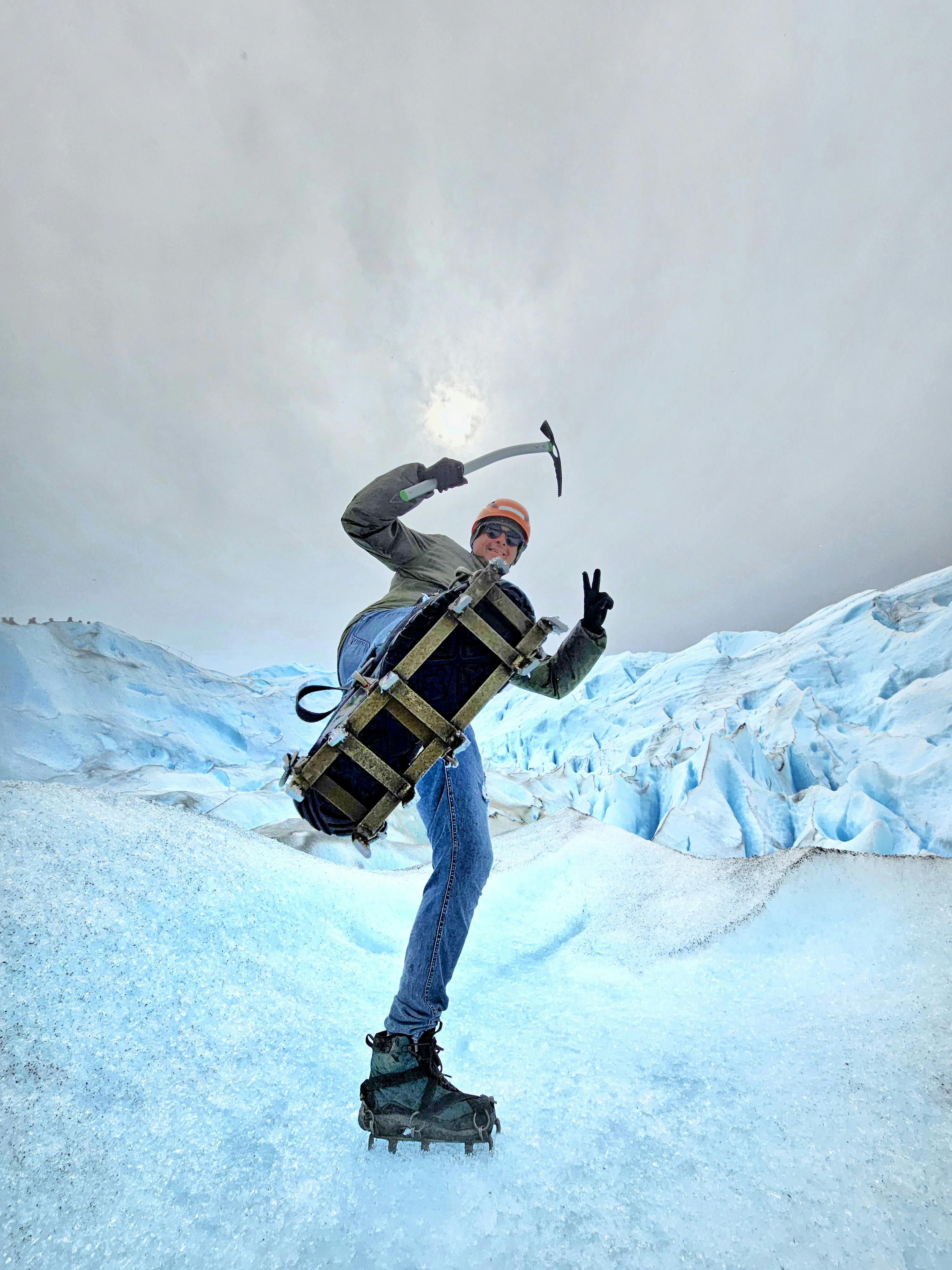Pushing the Boundaries: A Comprehensive Examination of Human Performance in Extreme Environments
As humans, our natural curiosity and relentless pursuit of achievement have led us to explore the most extreme environments on Earth. From the desolate polar ice caps to the scorching arid deserts, athletes have taken their bodies to the brink and beyond. These intense settings test not only physical prowess but mental fortitude, revealing the remarkable resilience of the human body and spirit.

Tracking the Journey: Historical Context and Key Developments
While the history of extreme sports is relatively recent, the quest for survival in harsh environments is as old as humanity itself. Early civilizations had to endure extreme conditions, laying the groundwork for the high-adrenaline sports we see today. In the 20th century, extreme sports began to emerge as a distinct genre, with athletes seeking out new, challenging environments for competition and personal accomplishment.
Current Trends: Thriving in the Face of Adversity
Today, extreme sports are gaining tremendous popularity, with events attracting athletes and spectators worldwide. One such trend is the rise of endurance events in extreme environments, such as the Marathon des Sables, a grueling six-day race across the Sahara Desert, or the Yukon Arctic Ultra, a race in freezing conditions that push participants to their limits. These events challenge the conventional wisdom of human physical capabilities and inspire a new generation of athletes to redefine their limits.
The Art of Survival: Benefits, Challenges, and Real-World Applications
Competing in extreme environments offers a unique set of benefits and challenges. The most apparent benefit is the development of physical and mental resilience. Athletes must adapt to unpredictable conditions, enhancing their resourcefulness and resilience. The challenges, however, can be formidable. Extreme temperatures, rugged terrains, and limited resources can pose significant health risks. Yet, these hurdles also make the achievements even more rewarding.
The Science of Performance: Backed by Research
Research into human performance in extreme environments has yielded fascinating insights. Studies have shown that the human body can adapt to a wide range of conditions, with physiological changes observed in endurance athletes who regularly compete in extreme environments. For instance, research has found that these athletes can improve their body’s ability to regulate temperature, improve energy efficiency, and enhance their mental resilience.
A Testament to Human Potential
The growing interest in extreme sports in harsh environments is a testament to our innate drive to push boundaries and challenge the status quo. It’s about more than just athleticism—it’s about the human spirit’s resilience and our endless pursuit of achievement. As we continue to push our limits, we not only redefine what is possible for athletes but also explore the extraordinary potential of the human body and mind.




